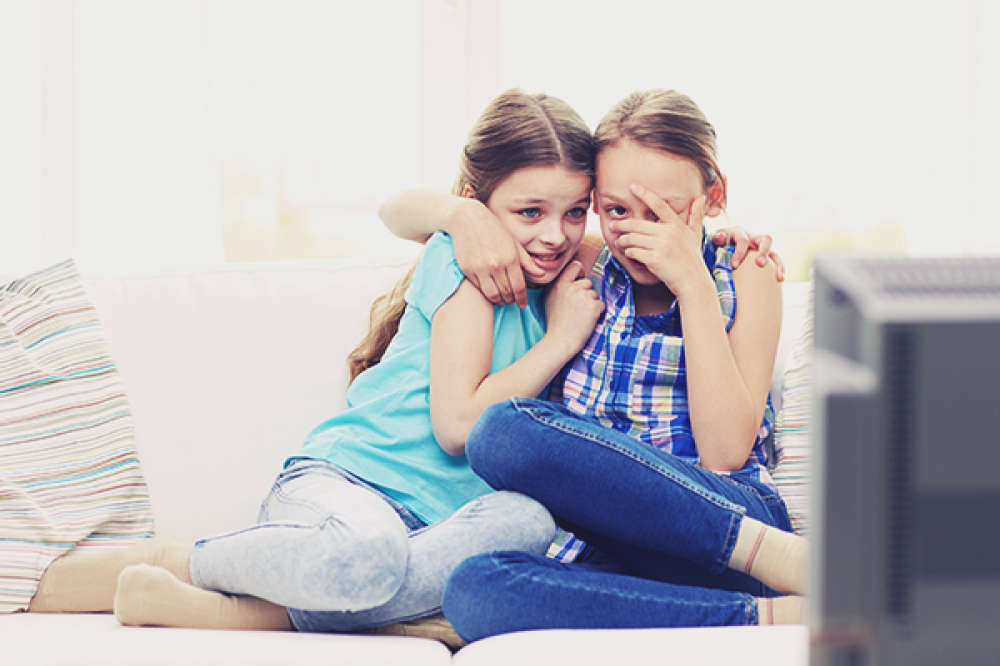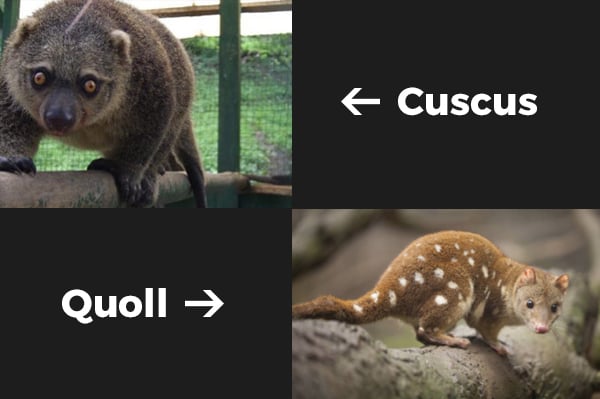Whether it’s the monster under the bed, snakes, or falling from a great height, fears are natural and quite prevalent in humans. In fact, research indicates that most people significantly fear ghosts and other supernatural beings in early childhood, animals in middle childhood, and self-injury and social evaluation in late childhood and adolescence (Bauer, 1976; Muris & Field, 2010). Although these fears typically fade as we get older, they do occasionally stick around and develop into specific phobias, or significant fears that interfere with daily life.
How do specific phobias develop?
As with most disorders, specific phobias develop as a result of the interaction between our individual biology and our unique environments and lived experiences (Muris & Field, 2010). In fact, in the case of specific phobias, biology only explains up to half of the variation in how specific phobias develop (Eley & Gregory, 2004), leaving at least half to environmental experiences (ex: being attacked by a raccoon) and learning (ex: hearing about others being attacked by raccoons).
Who are we learning from?
There is a large body of literature indicating that parents can transmit fears to their children by sharing their fearful thoughts, stories, warnings, and biases with them (Creswell, Shildreick, & Field, 2011; Drake & Ginsburg, 2012; Muris & Field, 2010). However, parents are not the only influencers in their children’s lives. As any parent of an older child or adolescent can tell you, close friends and peers also exert a large influence.
To study this, Ooi and colleagues (2016) presented children (aged 7-10) either ambiguous or threatening information about two little-known Australian marsupials: the Cuscus and the Quoll. The children then discussed their feelings about the animals with a close friend also participating in the study. The experimenters found that after discussing the animals with their friends, the children’s fear responses became more similar to that of their close friends’.
So, do we really learn fears from friends?
Yes and no. While the findings here can’t be generalized to other ages and fears, the findings here do point to close friends influencing children’s fears. That said, remember, children’s peers are only one piece of what leads to the development of fears. Given that children are exposed to much more than their close friends’ opinions, it’s likely that other factors serve to enhance or diminish fears before reaching the point of becoming a phobia.
Sources
- Creswell, C., Shildrick, S., & Field, A. P. (2011). Interpretation of ambiguity in children: A0 prospective study of associations with anxiety and parental interpretations. Journal of Child and Family Studies, 20(2), 240-250.
- Drake, K., & Ginsburg, G. (2012). Family factors in the development, treatment, and
- prevention of childhood anxiety disorders. Clinical Child and Family Psychology Review (Preprints), 1-19.
- Eley, T. C., & Gregory, A. M. (2004). Behavioral genetics. In T. L. Morris, & J. S. March (Eds.), Anxiety disorders in children and adolescents (pp. 71e97). New York: Guilford.
- Muris, P., & Field, A. P. (2010). The role of verbal threat information in the development
- of childhood fear. “Beware the jabberwock!”. Clinical Child and Family Psychology Review, 13(2), 129-150.
- Ooi, J., Dodd, H. F., Stuijfzand, B. G., Walsh, J., & Broeren, S. (2016). Do you think I should be scared? The effect of peer discussion on children’s fears. Behaviour Research and Therapy, 87, 23-33.
Carol S. Lee is a clinical psychology doctoral student at the University of Massachusetts Boston, with a background in psychology from the University of California San Diego. Her research with Dr. Sarah A. Hayes-Skelton focuses on understanding the effectiveness of anxiety disorder treatments, especially in the context of engaging in behavior despite fear or anxiety. Carol and Dr. Hayes-Skelton co-author articles for Anxiety.org, blending social and clinical psychology in their work.




